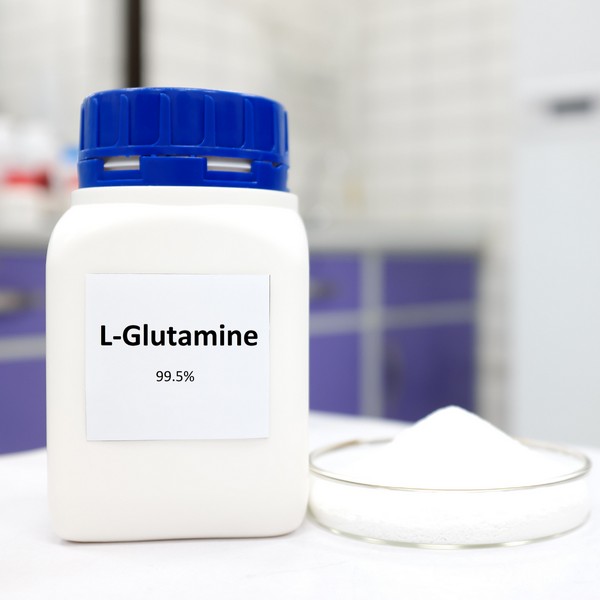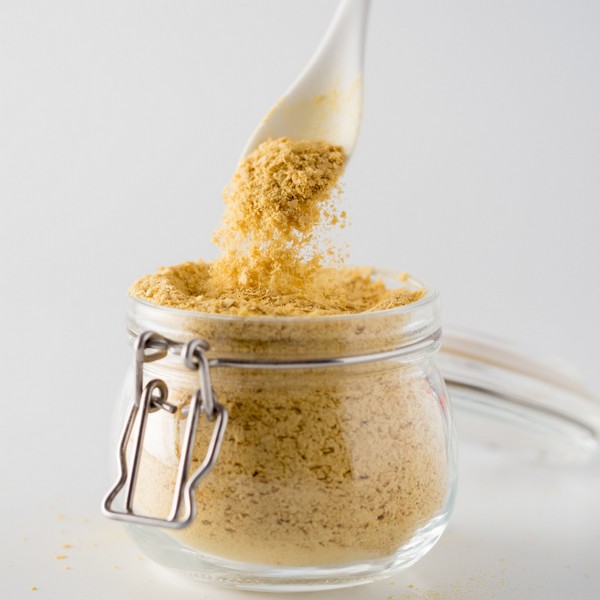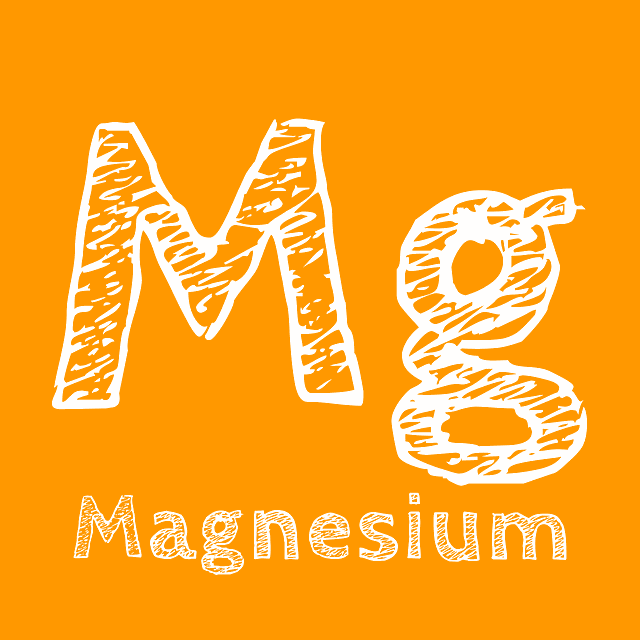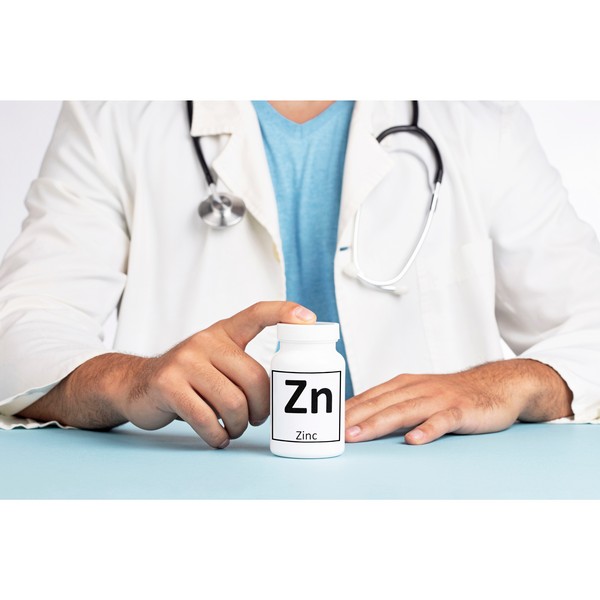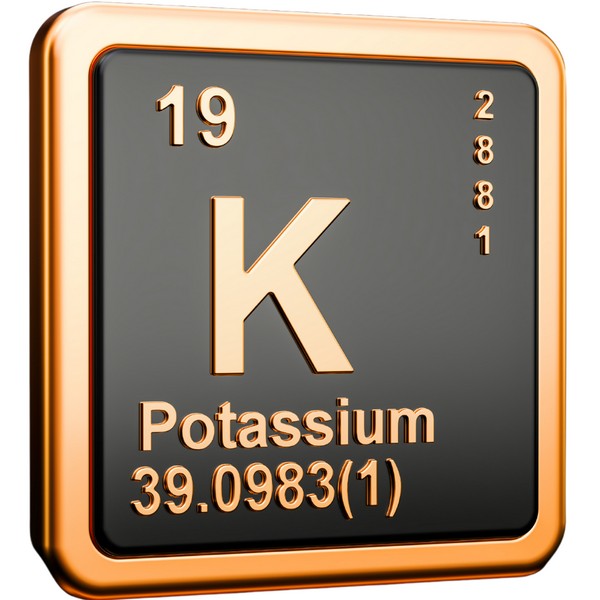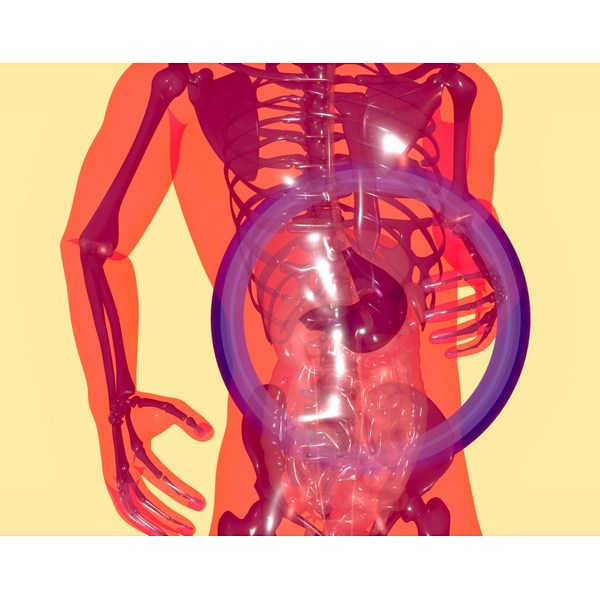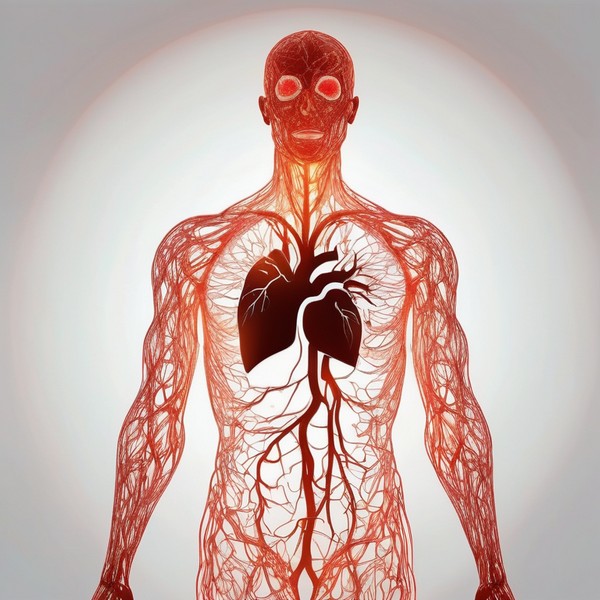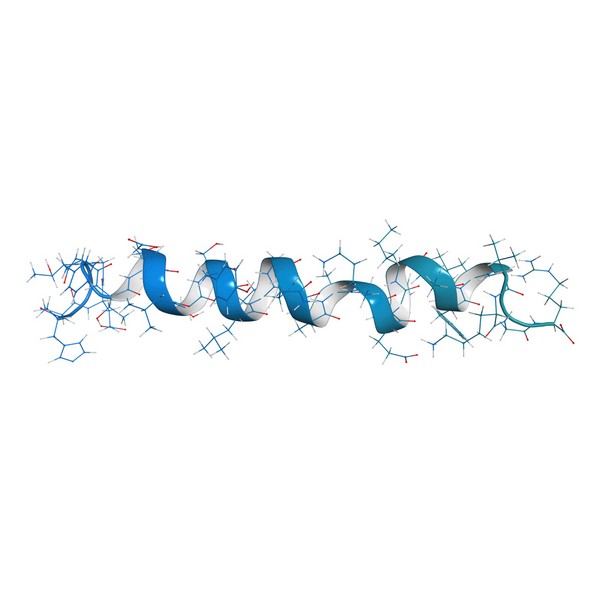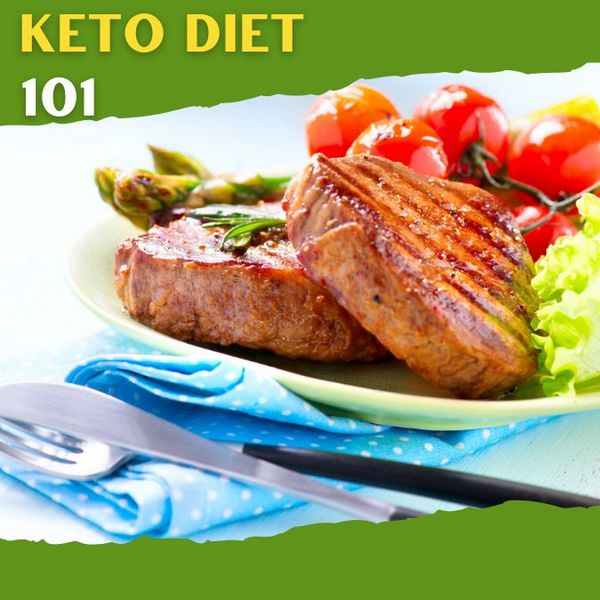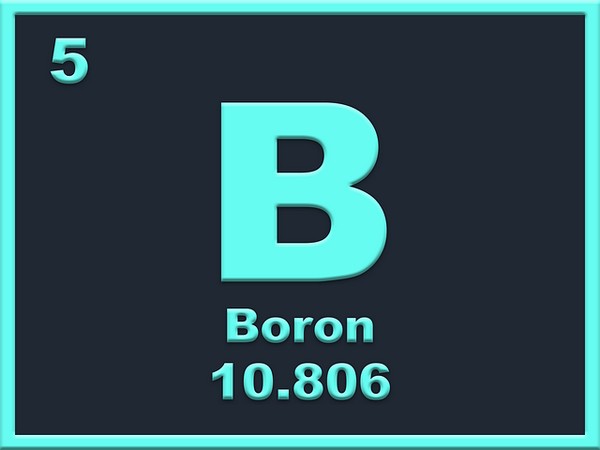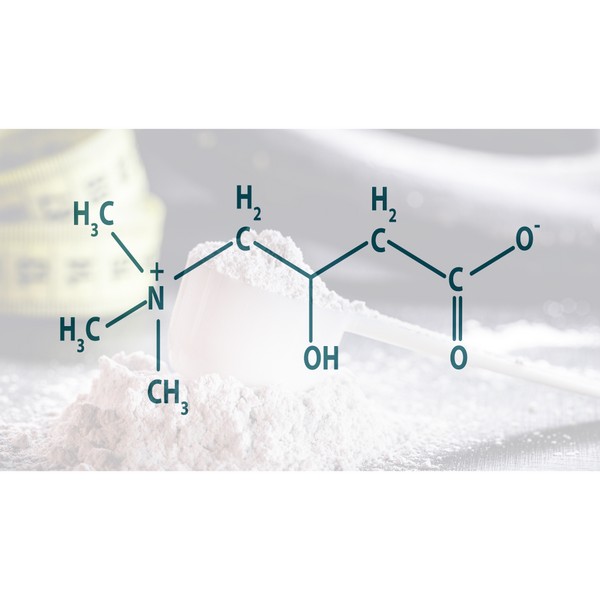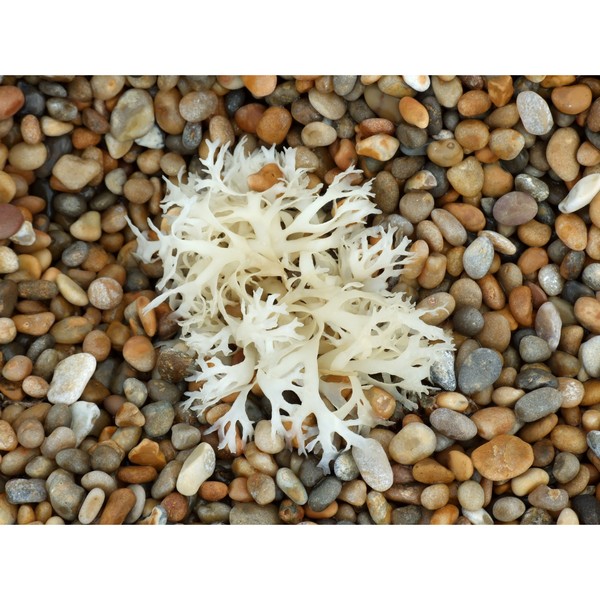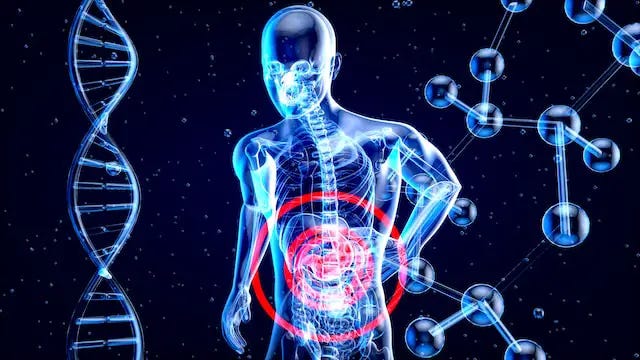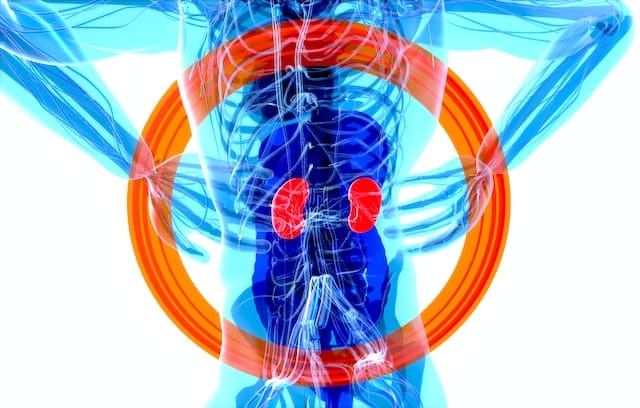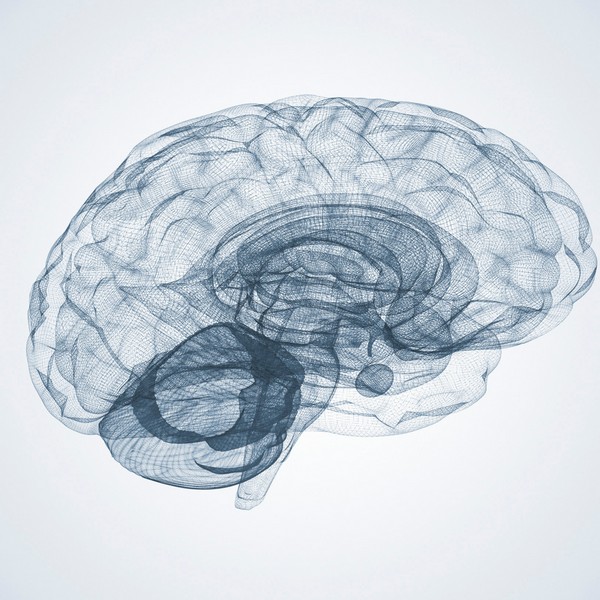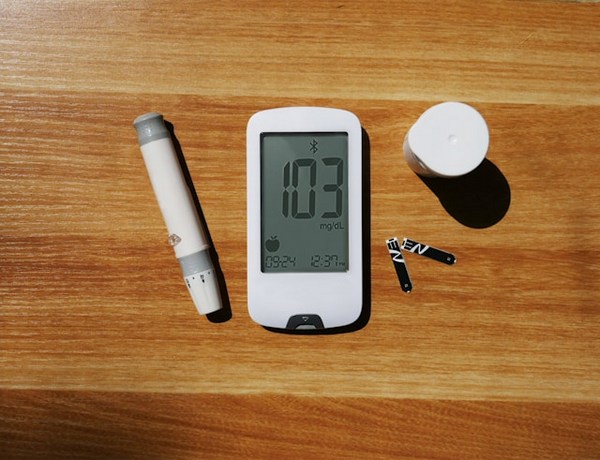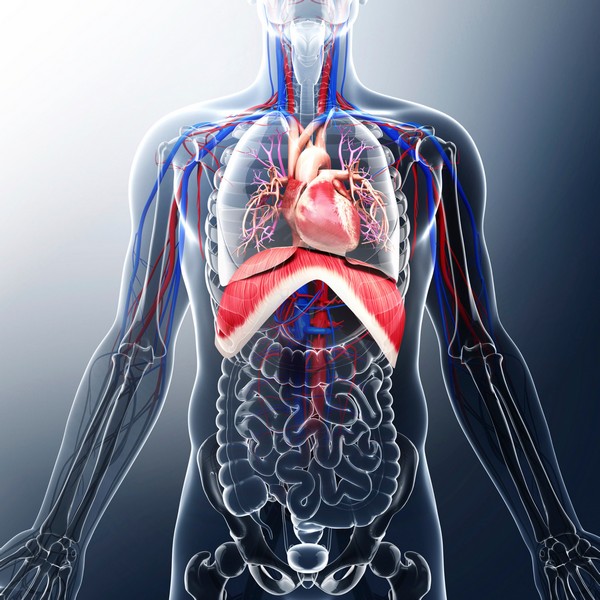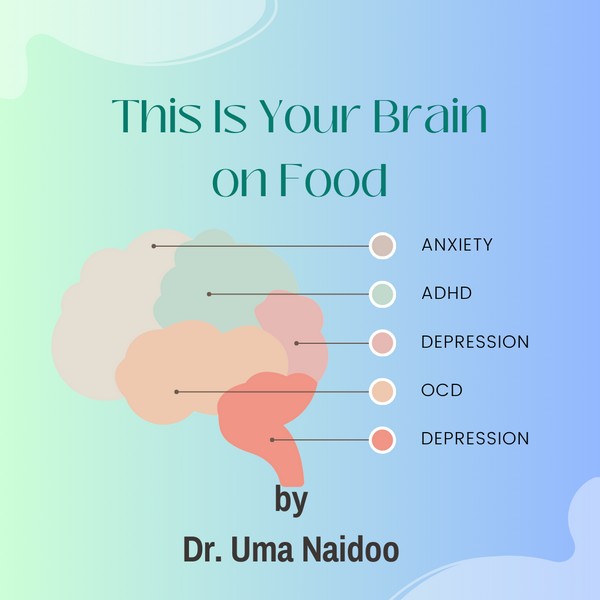Key Highlights
- Learn about the origins and principles of Emotional Freedom Technique (EFT) for stress relief.
- Understand the science-backed mechanisms of how EFT works on stress and anxiety.
- Discover a step-by-step guide to perform EFT tapping for identifying and relieving stress points effectively.
- Explore the use of EFT tapping for specific issues like anxiety relief, depression management, and PTSD.
- Uncover personal stories showcasing transformative experiences with EFT for stress management.
- Gain insights into integrating EFT into your daily routine with beginner tips and advanced stress management strategies.
Table of Contents

Emotional Freedom Technique (EFT), also known as EFT tapping, is a powerful tool for managing stress and improving mental well-being.
Developed by Gary Craig, EFT combines elements of Chinese medicine and psychology to address various issues by tapping on specific points on the body’s energy meridians.
This technique has gained popularity for its effectiveness in reducing anxiety, depression, and even physical pain.
Understanding EFT and Its Origins
Emotional Freedom Technique, commonly known as EFT, was developed by Gary Craig in the 1990s. It stems from the concepts of Chinese medicine and energy psychology.
EFT tapping combines principles of acupressure points and psychological acupressure by tapping on specific points on the body’s energy meridian points.
This tapping technique is based on the theory that emotional or physical pain results from disruptions in the body’s energy system and aims to restore balance.
EFT has gained recognition for its effectiveness in addressing various mental health issues.
The Emotional Freedom Technique (EFT) offers a way to change our feelings and deprogram the automatic stress response by calming our nervous system. Learn more from AMU's Dr. Jennifer Douglas: https://t.co/rKzNjfIukS#stressmanagement #mentalhealth #anxiety #mentalhealthmonth pic.twitter.com/tmka9opD1I
— American Military U (@AmericanMilU) May 10, 2023
The History of Emotional Freedom Technique
Emotional Freedom Technique (EFT), developed by Gary Craig, originated in the 1990s. It draws inspiration from Chinese medicine and cognitive therapy, focusing on stimulating meridian points through tapping.
EFT is grounded in the belief that imbalances in the body’s energy system contribute to emotional distress.
Over time, EFT has gained recognition in the mental health field for its potential in addressing a wide range of issues, from anxiety to chronic pain, offering a unique approach towards emotional healing.
Core Principles of EFT
EFT, based on the body’s energy, combines Chinese medicine with psychology. It targets meridian points to address physical and mental health. By tapping on specific points, EFT aims to restore balance, reducing stress and anxiety.
This technique believes that imbalances lead to various issues, such as chronic pain or psychological trauma. EFT’s core principles revolve around the body’s energy system and its connection to emotional well-being.
Its effectiveness lies in restoring this energy balance to promote emotional freedom and overall well-being.

The Science Behind EFT
Emotional Freedom Technique (EFT) is rooted in tapping on specific points of the body’s energy meridians. This technique, inspired by Chinese medicine, aims to balance the body’s energy and reduce stress levels.
EFT proponents suggest that tapping on acupressure points can alleviate psychological distress by calming the nervous system.
Research indicates that practicing EFT may lead to a significant decrease in symptoms of depression and anxiety, potentially influencing the body’s immune and endocrine systems positively.
EFT offers a unique approach to promoting emotional well-being through the body-mind connection.
How EFT Works on Stress and Anxiety
Emotional Freedom Technique (EFT) works by stimulating the body’s energy points through tapping, reducing stress and anxiety.
By targeting specific meridian points, EFT helps regulate the body’s energy flow, which can alleviate psychological distress and improve mental health.
This tapping technique influences the central nervous system, impacting heart rate variability and the endocrine system.
EFT’s effectiveness in managing stress and anxiety is supported by research showing significant decreases in symptoms after EFT sessions.
The process taps into the body’s natural ability to heal and restore emotional balance.
Research and Studies Supporting EFT
Numerous studies have backed the effectiveness of Emotional Freedom Technique (EFT) in reducing stress and anxiety levels.
Research indicates that EFT tapping can lead to a significant decrease in psychological distress, with some studies even suggesting a positive impact on physiological markers such as heart rate variability and blood pressure.
Additionally, clinical trials have shown promising results in alleviating symptoms of depression, PTSD, and chronic pain.
The evidence supporting EFT continues to grow, positioning it as a valuable tool in managing mental health issues.
Step-by-Step Guide to Performing EFT Tapping
Discover the potential of your subconscious mind through Emotional Freedom Technique (EFT) tapping.
— Subconscious Mind (@INFLUENCESUBCON) June 12, 2023
Eliminate blockages
Delve into your emotions
Reshape your narrative for effective self-improvement
Use the below tapping points while repeating your affirmations: pic.twitter.com/kFBmSyZGJX
Locate the key areas where you feel tension or discomfort. These could be on your face, chest, or hands. Next, delve into the emotions accompanying these sensations.
The Tapping Sequence Explained:
- Initiate by tapping the “karate chop point” while vocalizing your stressor.
- Proceed by tapping on the various meridian points: eyebrow, side of the eye, under the eye, under the nose, chin, collarbone, under the arm, and top of the head.
- Repeat the reminder phrase while tapping each point.
Identifying Your Stress Points
To effectively address stress using EFT tapping, first, identify your stress points. These can be areas where you feel tension or discomfort in your body.
Common stress points include the top of the head, eyebrows, side of the eye, under the nose, and collarbone.
By pinpointing these areas, you can focus the tapping technique on releasing tension and promoting emotional freedom. Understanding your stress points is crucial in tailoring EFT to your specific needs for optimal results.
The Tapping Sequence Explained
Begin by identifying your stress points. Starting with the top of the head, tap gently on specific points while focusing on your emotional state.
The sequence includes tapping on the eyebrow, side of the eye, under the eye, under the nose, chin, collarbone, and under the arm.
Repeat the process, emphasizing a reminder phrase to address the issue at hand. This tapping technique combines acupressure points with psychological focus to balance the body’s energy and alleviate emotional distress.

EFT Tapping for Specific Issues
Using EFT tapping for specific issues like anxiety, depression, or PTSD can provide relief. By targeting specific points on the body’s energy meridian points, EFT helps address psychological trauma.
Research shows its effectiveness in managing chronic pain and substance abuse. Incorporating acupressure points and a tapping sequence, EFT can bring significant relief from physical and mental symptoms.
Its integration into traditional therapies like cognitive behavioral therapy showcases its potential in treating various psychological disorders effectively.
Using EFT for Anxiety Relief
EFT tapping is a powerful tool for anxiety relief. By targeting specific points on the body’s energy meridians, EFT helps calm the nervous system and reduce psychological distress.
Studies have shown a significant decrease in anxiety symptoms after using EFT techniques.
This approach can be a valuable addition to traditional therapies like cognitive behavioral therapy for managing anxiety. Integrating EFT into daily routines can provide ongoing support for those dealing with anxiety disorders.
EFT Techniques for Managing Depression
When dealing with depression, EFT offers effective techniques for managing symptoms. By tapping on specific points along the body’s energy meridians, individuals can address underlying emotional issues contributing to their condition.
EFT can help regulate the central nervous system, reduce psychological distress, and promote emotional balance. Incorporating EFT into daily routines can lead to significant improvements in mood and overall well-being.
This gentle yet powerful approach aligns with cognitive therapy principles and has shown promising results in alleviating symptoms of depression.
Addressing PTSD with EFT Tapping
EFT tapping has shown promise in addressing PTSD symptoms. By targeting specific points on the body’s energy meridian points, EFT can help alleviate psychological trauma.
Research suggests EFT’s effectiveness in reducing symptoms of depression, anxiety, and stress.
Through the tapping technique, individuals with PTSD may experience a significant decrease in psychological distress. EFT’s approach to addressing PTSD aligns with the principles of energy psychology and has the potential to offer relief from the debilitating effects of trauma.

Personal Stories of Transformation with EFT
Personal Stories of Transformation with EFT: Delve into real-life accounts of individuals experiencing profound changes through EFT.
These inspiring narratives showcase the power of emotional freedom technique in conquering hurdles like anxiety, PTSD, and depression.
By tapping into the body’s energy and targeting specific points, users have reported significant decreases in psychological distress and physical symptoms.
EFT not only addresses mental health but also aids in weight loss and managing chronic pain, demonstrating its versatility and impact on holistic well-being.
Case Studies and Success Stories
Case studies and success stories showcase the power of Emotional Freedom Technique (EFT) in transforming lives. Individuals struggling with various issues, from anxiety to PTSD, have found relief through EFT tapping.
These real-life examples demonstrate the effectiveness of this technique in improving mental health and overall well-being.
Through the use of EFT tapping, many have experienced significant decreases in symptoms of depression and anxiety, paving the way for a positive change in their lives.
This evidence reinforces the value and potential of EFT in addressing psychological trauma and promoting emotional freedom.
How EFT Changed Lives
Transformative stories abound, showcasing how EFT changed lives profoundly. Individuals grappling with mental health challenges found solace through this technique, as it alleviated their emotional burdens.
By effectively targeting their psychological acupressure points, many experienced a significant increase in positive mental well-being.
EFT’s impact extends beyond the individual, influencing their interactions with others positively. Through these personal narratives, it becomes evident that emotional freedom technique has the potential to bring about remarkable transformations in people’s lives.

Integrating EFT into Your Daily Routine
Integrating EFT into your daily routine can amplify its benefits for mental well-being. Consider setting aside dedicated moments each day for a calming EFT session.
Whether it’s a quick tapping session in the morning or a longer session before bed, establishing this routine can help you cultivate a more balanced state of mind amidst life’s challenges.
Tips for Beginners
Starting with EFT can be empowering. Begin by focusing on one specific issue at a time. Keep your reminder phrase simple, targeting the problem. Apply gentle pressure on tapping points as you voice your thoughts.
Relax and breathe deeply throughout the process to enhance its effectiveness. Stay consistent with your practice to maximize the benefits. Over time, you may feel more in tune with your emotional freedom.
Incorporating EFT into your routine gradually can lead to significant improvements in your overall well-being.
Advanced EFT Strategies for Stress Management
Advanced EFT strategies for stress management involve targeting specific points to address deep-rooted issues. By incorporating cognitive therapy and energy psychology principles, these techniques aim to alleviate psychological trauma effectively.
Tapping sequences at meridian points can regulate the body’s energy and reduce symptoms of depression and anxiety.
Understanding the body’s response through heart rate variability and the central nervous system plays a significant role in refining these strategies for optimal stress relief.
Utilizing advanced EFT methods can lead to profound results in managing stress levels.

Conclusion
In conclusion, adopting Emotional Freedom Technique (EFT) can significantly impact your mental well-being by reducing stress and anxiety levels. The efficacy of EFT tapping, based on cognitive therapy and acupressure points, has shown promise in various studies. Integrating EFT into your daily routine can lead to positive transformations. Consider exploring this technique for personal growth and stress management. EFT offers a holistic approach to emotional freedom, empowering individuals to address psychological distress effectively. Start tapping to unlock emotional relief and restore inner balance.
Frequently Asked Questions
Can EFT be self-taught, or do I need a professional?
Discovering EFT can be self-taught, but seeking guidance from a professional can deepen your practice. Combining self-learning with expert support enhances the effectiveness of EFT in addressing various issues. Seeking professional assistance can provide personalized insights and strategies for optimal results.
How long does it take to see results with EFT?
Results with EFT can vary. Some may feel immediate relief, while others might take weeks or months. Consistent practice and patience are key to experiencing the benefits. Personal experiences differ, so trust the process and give it time to work.
Is EFT safe to practice daily?
EFT is generally safe to practice daily for most individuals. However, it’s essential to listen to your body and adjust the frequency based on your comfort level. Consulting a healthcare professional before starting any new wellness practice is recommended.
Can EFT help with physical pain as well as emotional stress?
EFT can be effective for both physical pain and emotional stress. By tapping on specific points, it helps release energy blockages that may contribute to discomfort. Research suggests EFT’s effectiveness in addressing various issues, making it a holistic approach to well-being.
Research
Bach, D., Groesbeck, G., Stapleton, P., Sims, R., Blickheuser, K. and Church, D., 2019. Clinical EFT (Emotional Freedom Techniques) improves multiple physiological markers of health. Journal of evidence-based integrative medicine, 24, p.2515690X18823691.
Boath, E., Stewart, A. and Carryer, A., 2012. A narrative systematic review of the effectiveness of Emotional Freedom Techniques (EFT). Staffordshire University, CPSI Monograph.
Bougea, AM, Spandideas, N, Alexopoulos, EC, Thomaides, T, Chrousos, GP, Darviri, C. Effect of the emotional freedom technique on perceived stress, quality of life, and cortisol salivary levels in tension-type headache sufferers: a randomized controlled trial. Explore (NY) 2013;9:91–9. https://doi.org/10.1016/j.explore.2012.12.005.
Church, D., Geronilla, L. and Dinter, I., 2009. Psychological symptom change in veterans after six sessions of Emotional Freedom Techniques (EFT): An observational study. Electronic journal article]. International Journal of Healing and Caring, 9(1).
Church, D., Yount, G. and Brooks, A.J., 2012. The effect of emotional freedom techniques on stress biochemistry: a randomized controlled trial. The Journal of nervous and mental disease, 200(10), pp.891-896.
Clond, M., 2016. Emotional freedom techniques for anxiety: a systematic review with meta-analysis. The Journal of nervous and mental disease, 204(5), pp.388-395.
Kalla, M., Simmons, M., Robinson, A. and Stapleton, P., 2018. Emotional freedom techniques (EFT) as a practice for supporting chronic disease healthcare: a practitioners’ perspective. Disability and Rehabilitation, 40(14), pp.1654-1662.
Mehdipour, A. et al. (2021). The effectiveness of emotional freedom techniques (EFT) on depression of postmenopausal women: a randomized controlled trial. Journal of Complementary and Integrative Medicine, 19 (3), Walter de Gruyter GmbH., pp.737–742. [Online]. Available at: doi:10.1515/jcim-2020-0245.
Nelms, J.A. and Castel, L., 2016. A systematic review and meta-analysis of randomized and nonrandomized trials of clinical emotional freedom techniques (EFT) for the treatment of depression. Explore, 12(6), pp.416-426.
Palmer-Hoffman, J. and Brooks, A.J., 2011. Psychological symptom change after group application of Emotional Freedom Techniques (EFT). Energy Psychol J, 3, pp.1-6.
Rogers, R. and Sears, S., 2015. Emotional Freedom Techniques (EFT) for stress in students: A randomized controlled dismantling study. Energy, 7, p.27.
Vural, P.I., Körpe, G. and Inangil, D., 2019. Emotional freedom techniques (EFT) to reduce exam anxiety in Turkish nursing students. European Journal of Integrative Medicine, 32, p.101002.
Waite, W.L. and Holder, M.D., 2003. Assessment of the emotional freedom technique. Sci Rev Ment Health Pract, 2(1), pp.1-10.
Wells, S., Polglase, K., Andrews, H.B., Carrington, P. and Baker, A.H., 2003. Evaluation of a meridian‐based intervention, Emotional Freedom Techniques (EFT), for reducing specific phobias of small animals. Journal of clinical psychology, 59(9), pp.943-966.
L-Glutamine and Gut Health: Benefits and Side Effects
Key Takeaways L-Glutamine is essential for gut health. Benefits include improved digestion and reduced inflammation. Potential side effects are rare but can occur in high…
Is Eating Sugar Really That Bad For Your Health?
Should You Really Be Concerned? In short, YES! Thank you, that’s all folks, and do have a good evening. Seriously though, extensive research has established…
Grains & Legumes Secretly Harming Your Health? Find Out Now!
Key Takeaways: – Grains and legumes contain antinutrients like lectins and phytic acid, which can interfere with nutrient absorption. – These foods may trigger digestive…
Do This! The Ultimate Guide to Fasting Safely and Effectively
In our increasingly busy lives, finding time to take care of our bodies can often take a backseat. One method that has gained attention recently…
5 Major Benefits of Omega-3 Fatty Acids
Key Takeaways Omega-3 fatty acids support heart health by reducing triglycerides and lowering blood pressure. They play an important role in brain function and development,…
6 Best Natural Ways to Manage Your Blood Sugar: A Quick & Easy Guide
1. Intermittent fasting2. Exercise3. Dietary fiber4. Sleep5. Weight loss6. SupplementationBioclinic NaturalsPGX BiotiquestSugar Shift Every time you eat it, it’s plotting something sinister. Sugar isn’t as…
Vitamin A (Retinol): Essential Nutrient for Health
Key Takeaways: Natural Vitamin A, also known as Retinol, is crucial for vision, immune function, and skin health. Retinol is essential for healthy vision, particularly…
Postbiotics: What They Are and Why They Are Important
Key Takeaways Postbiotics 101: They’re beneficial by-products from probiotics that consume prebiotics Boosts Immunity: Postbiotics sharpen your immune system, helping fight off pathogens and reducing…
Benefits of Nutritional Yeast
Key Takeaways Nutritional yeast is a rich source of vitamins and minerals. It supports immune function and promotes skin health. Its cheesy flavor makes it…
How Collagen Supports Healthy Skin, Joints, and More
Magnesium: Better Sleep, Stress Relief and More
Vitamin E Complex
Key Takeaways Vitamin E is a powerful antioxidant that protects cells from oxidative damage, reducing the risk of chronic diseases. The vitamin E complex includes…
Trimethylglycine TMG: Betaine Anhydrous Explained
Creatine Myths Debunked: Separating Fact from Fiction
Key Takeaways Common myths about creatine, such as it causing kidney damage, weight gain, and being a steroid, are widespread but unsupported by scientific evidence….
ALA vs. DHA & EPA Omega-3: Why Source Matters
Key Takeaways ALA (Alpha-Linolenic Acid) is found in flaxseeds, chia seeds, and walnuts, but converts poorly to DHA and EPA. DHA and EPA are critical…
Conjugated Linoleic Acid (CLA): Benefits & Sources
Key Takeaways CLA is a type of fatty acid found primarily in animal products like beef and dairy. Known for potential benefits such as weight…
Zinc Supplements: Risks and Dangers
Key Takeaways Zinc supports immunity, wound healing, and cell growth. High zinc supplement doses can cause health problems. Always consult a healthcare provider before taking…
13 Most Dangerous Foods Revealed
Key Highlights Fugu, or pufferfish, is one of the most poisonous foods in the world, with its organs containing a neurotoxin that can paralyze motor…
Healthy Fat: is Butter Better?
Key Takeaways Saturated fats, like those found in butter, may not be as harmful as once thought and can be part of a healthy diet….
Cholesterol Misconceptions: Separating Fact from Fiction
Key Takeaways: High inflammation and blood pressure are major risk factors for heart disease. Cholesterol is vital for hormone production, cell membrane structure, and digestion,…
Potassium: Benefits & Sources
Key Takeaways Potassium is essential for regulating fluid balance, nerve signals, and muscle function. It supports heart health and helps maintain proper blood pressure. Adequate…
Carnivore Diet: Benefits, Risks, Food List & More
Key Takeaways The carnivore diet is a keto diet that only allows for animal-based foods, and has potential health benefits. Tips for success include hydrating,…
Liver: 5 Surprising Benefits Backed by Science
Hold on! Don’t run away! You need to read this. Liver is a highly nutritious organ meat that is often overlooked in modern diets. Packed…
Copper: Little-Known Health Benefits
Key Takeaways Copper is an essential trace mineral with benefits, including ceruloplasmin production, energy production and antioxidant properties. Copper is critical for brain health by…
TUDCA Benefits for Health
Key Takeaways TUDCA promotes liver health, aiding cell protection and repair. Enhances digestion by improving bile flow and supporting gut health. May protect brain health…
5-HTP: Natural Ways to Boost Serotonin and Improve Mood
Key Takeaways: 5-HTP is a natural compound that helps boost serotonin levels in the brain. It can support mood regulation, sleep improvement, and stress reduction….
Bee Pollen: Nature’s Secret Superfood
Key Takeaways Bee pollen is packed with essential nutrients and offers numerous health benefits. It supports immune function, boosts energy, and promotes overall well-being. Adding…
What You Need to Know About Salt and Your Health
Table of ContentsThe Health Benefits of Unrefined Sea SaltElectrolyte BalanceMineral ContentImproved HydrationBoosted Energy LevelsImmune SupportImproved DigestionBalanced pH LevelsReduced Water RetentionHeart Health SupportStronger Bones and TeethEnhanced…
11 Electrifying Health Benefits of Trace Minerals
What are Trace Minerals?The Major Roles of Trace MineralsSources of Trace MineralsDeficiencies in Trace MineralsThe Impact of Trace Minerals on Specific Health ConditionsFrequently Asked Questions…
8 Key Signs of Nutrient Deficiency
Key Takeaways Magnesium: A multitasker that aids in over 300 biochemical reactions in the body. Copper: Supports neurological function, cardiovascular and immune system health, iron…
Iron Overload: Symptoms & Prevention Tips
Key Takeaways: Iron overload happens when the body absorbs excessive iron, which can damage organs. Common symptoms include fatigue, joint pain, and skin changes. Early…
Whole Food Vitamin C Complex: Expert Tips for Health
Key Highlights Whole food vitamin C complex is essential for a strong immune system and overall health. Unlike synthetic ascorbic acid, whole food vitamin C…
Calcium Supplements: What You Need to Know
Key Takeaways Calcium supplements have been linked to heart disease and kidney stones. Excess calcium from supplements can lead to imbalances and health issues. Natural…
Protein: You probably need more
Key Takeaways Protein is needed for building and repairing body tissues. It supports muscle growth, immune function, and hormone production. Bioavailable sources of protein include…
Increase GLP-1 Agonists Naturally
Key Takeaways: GLP-1 agonists regulate appetite, insulin production, and blood sugar levels. Regular exercise and quality sleep maintain optimal GLP-1 levels. High-protein, low-carb diets effectively…
Medium Chain Triglycerides (MCTs): Uncovering 5 Health Benefits
This potent, natural source of energy has gained considerable attention in recent years for its impressive array of benefits. MCT oil is a versatile addition…
How Cod Liver Oil Can Transform Your Health and Wellness
Cod liver oil has been used for centuries as a natural remedy for various health conditions. Packed with essential nutrients and fatty acids, cod liver…
Keto Diet 101: A Complete Beginner’s Guide
Key Highlights The ketogenic diet is a low-carb, high-fat diet that can lead to weight loss and has many health benefits. By reducing carbohydrate intake…
Actual Superfoods: Real Foods You Should Be Eating
Key Takeaways Superfoods are nutrient-dense foods, offering essential vitamins, minerals, and fats. Prioritize high-quality sources for optimal nutrition. They support overall health, boost energy, and…
Spirulina: Health Benefits and Uses
Key Takeaways Spirulina boosts immune function with its high nutrient content and antioxidant properties. Rich in proteins and essential vitamins, enhances overall nutrition. Helps reduce…
Boron: Benefits of a Lesser-Known Mineral
Key Takeaways Boron is a trace mineral with significant health benefits. It supports brain function, bone health, and hormonal balance. Understanding boron’s role can improve…
L-Carnitine: Benefits, Dosage, and Side Effects
Key Takeaways L-Carnitine supports fat metabolism and energy production. Benefits include enhanced exercise performance and improved heart health. Proper dosing minimizes potential side effects. Understanding…
Tallow: Benefits, Uses, and Nutrition
Key Takeaways: Tallow is a nutrient-rich animal fat with many practical uses. It contains valuable vitamins such as A, D, E, and K. Tallow is…
Taurine: The Mighty Amino Acid for Optimal Health
Key Takeaways Taurine supports heart health, regulates blood pressure, and reduces oxidative stress. Essential for muscle function, brain health, and cognitive function. Aids in insulin…
Allulose: The Best Sugar Alternative
Key Takeaways Allulose is a low-calorie sweetener found naturally in some fruits. It does not raise blood sugar levels, making it suitable for diabetics. Allulose…
Benefits of Sea Moss Explained
Key Takeaways Rich in Nutrients: Sea moss is packed with essential vitamins, minerals, and antioxidants, supporting overall health and wellness. Supports Immune Function: Its high…
CoQ10: What Is It and Why Is It Important?
Key Takeaways CoQ10 (Coenzyme Q10) is an antioxidant produced by the body, essential for energy production in cells. Levels of CoQ10 naturally decrease with age…
The Impact of Ultra-Processed Foods on Your Wellbeing
Every bite we take is a step toward either wellness or illness. In our fast-paced world, ultra-processed foods have become a staple, silently shaping our…
Silica: for Healthier Skin, Hair, and Nails
Key Takeaways: Silica supports strong and healthy skin, hair, and nails. It promotes bone health by boosting collagen production. Silica helps improve joint flexibility and…
Red Palm Oil: Unveiling The Potent Health Benefits
Struggling to find the right oil for your health and kitchen? Red palm oil is packed with nutrients that might just be what you need….
Natural Treatment for Irritable Bowel Syndrome (IBS): Effective Remedies Explored
Understanding IBSSymptoms of IBSRole of Diet in IBSNatural Remedies for IBSSupplements for IBSRole of Probiotics in IBSFrequently Asked Questions Understanding IBS Irritable Bowel Syndrome (IBS)…
Eggs: A Comprehensive Guide
Key Highlights Eggs are a nutritional powerhouse, containing all the essential vitamins and minerals needed for overall health. Vital role in a balanced diet, providing…
Berberine Has 11 More Incredible Benefits Than You Thought
Berberine is a compound found in several plants that has been used for centuries in traditional Chinese medicine and Ayurveda. It has recently gained popularity…
How Stabilized Rice Bran Supports Digestive & Heart Health
Key Takeaways – Stabilized rice bran is a nutrient-rich source of vitamins, minerals, and antioxidants. – The stabilization process prevents rancidity, making it a long-lasting…
Do Artificial Sweeteners Cause Weight Gain? The Surprising Truth
Key Takeaways – Artificial sweeteners may disrupt gut microbiome balance, impacting digestion and immune health….
What You Need to Know About Salt and Your Health
Table of ContentsThe Health Benefits of Unrefined Sea SaltElectrolyte BalanceMineral ContentImproved HydrationBoosted Energy LevelsImmune SupportImproved…
How To Optimize Your Weight Loss Efforts
1. Get Your Beauty Sleep for Optimal Weight Loss2. Natural Solutions for Weight Loss3. Stress…
11 Amazing Tips to Improve Your Sleep Quality
Limit Power NapsModulate Sunlight ExposurePay Attention to CaffeineSchedule BedtimePlan Ahead for DinnertimeMelatonin: Not what you…
7 Simple Tips for Lowering Blood Pressure Naturally
Maintaining healthy blood pressure levels is essential for overall well-being, as high blood pressure can…
Proteolytic Enzymes and Heart Health: What the Research Shows
Your heart works tirelessly to pump blood throughout your body, delivering essential nutrients and oxygen…
Is Eating Sugar Really That Bad For Your Health?
Should You Really Be Concerned? In short, YES! Thank you, that’s all folks, and do…
Natural Treatment for Irritable Bowel Syndrome (IBS): Effective Remedies Explored
Understanding IBSSymptoms of IBSRole of Diet in IBSNatural Remedies for IBSSupplements for IBSRole of Probiotics…
Medium Chain Triglycerides (MCTs): Uncovering 5 Health Benefits
This potent, natural source of energy has gained considerable attention in recent years for its…
7 Remedies for Kidney Stones: A Comprehensive Guide
Key Takeaways Staying well-hydrated and adopting a balanced diet can help prevent kidney stones. Knowing…
Berberine Has 11 More Incredible Benefits Than You Thought
Berberine is a compound found in several plants that has been used for centuries in…
